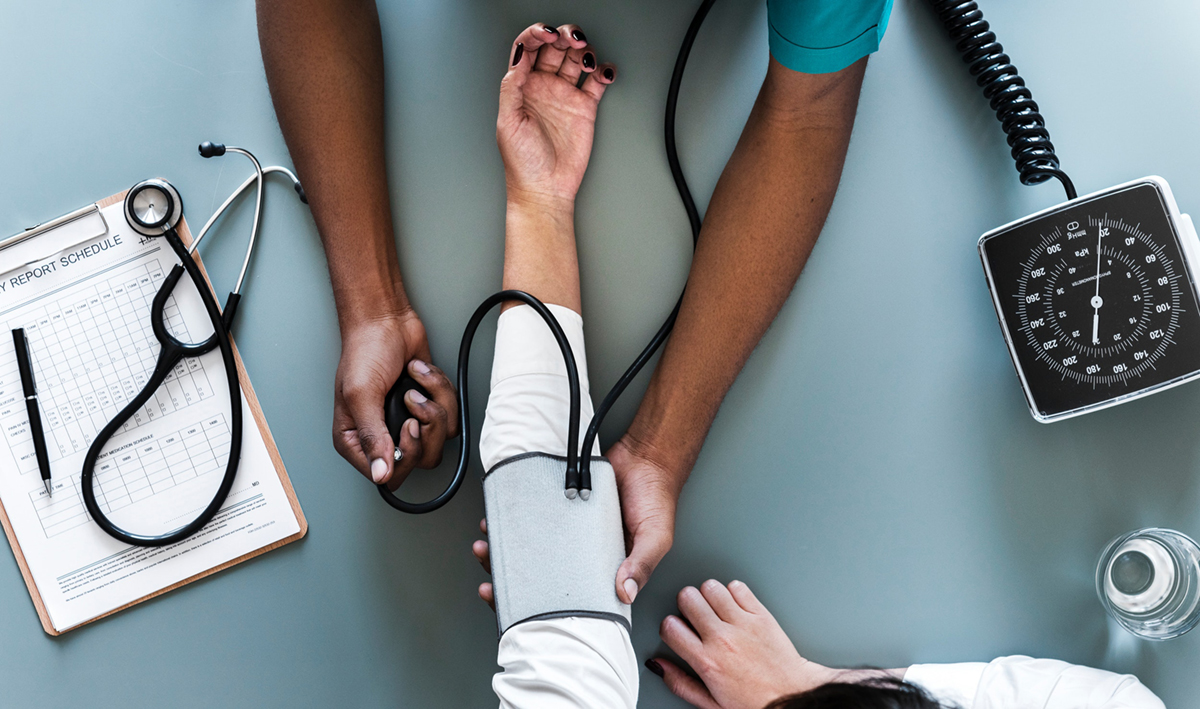
Circulatory system or cardiovascular system is composed ofthe heart, blood vessels and blood. The heart plays the major role bypumping blood rich in oxygen and vital nutrients through the bloodvessels to the cells and tissues in the body. The blood exerts thepressure on the walls of the blood vessels and that is the bloodpressure. The normal blood pressure is considered to be 120/80 mm Hg.
Systolic blood pressure
Theupper number in a blood reading represents the systolic blood pressureand it is the pressure that the blood makes on the walls of the bloodvessels when the heart beats. The lower number represents the bloodpressure when the heart is relaxed. When the blood pressure is higherthan normal, it is called hypertension or high blood pressure. On theother side, when it is lower than normal, it is called low bloodpressure of hypotension.
Sometimes, it happens that the systolicblood pressure is higher or lower than normal, while the correspondingdiastolic blood pressure remains normal. It is called, respectively,isolated systolic hypertension or hypotension. The same thing canhappen with diastolic blood pressure.
Low systolic blood pressure
Whenthe systolic blood pressure is ranged between 90 and 119 mm Hg, it isnormal. However, when it is lower than 90 mm Hg, it is considered aslow systolic blood pressure. If the systolic blood pressure is low,while the diastolic pressure is normal, it is called systolichypotension. In many cases, low systolic blood pressure indicates thatthe heart is not capable to pump sufficient amount of blood.
Causes of low systolic blood pressure
Thereare many factors that may be responsible for the occurrence of lowsystolic blood pressure. When a person loses blood due to some serioushead injury, it can lead to systolic hypotension. Furthermore, heartdisease or any acute disorder that causes damage of the heart or bloodloss can lead to the appearance of systolic hypertension. Low systolicblood pressure may also be caused by overdose of certain medicines thatare used for controlling of the blood pressure, as well as bydehydration of the body.
The most common warning signs of the lowsystolic blood pressure are dizziness, weakness and tiredness. Peoplewho suffer from low systolic blood pressure may also experiencefainting, difficulty while breathing, such as shortness of breath, andpain that occur in the chest. Sometimes, systolic hypotension may leadto the shock and organ failure.


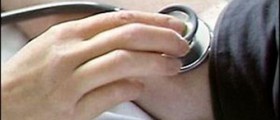



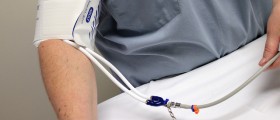
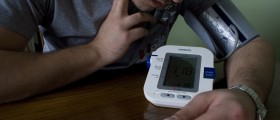

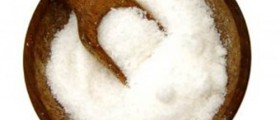



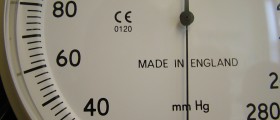
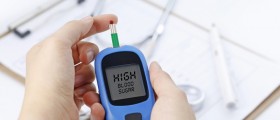

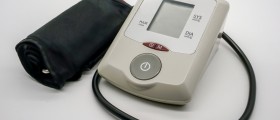
Your thoughts on this
Loading...